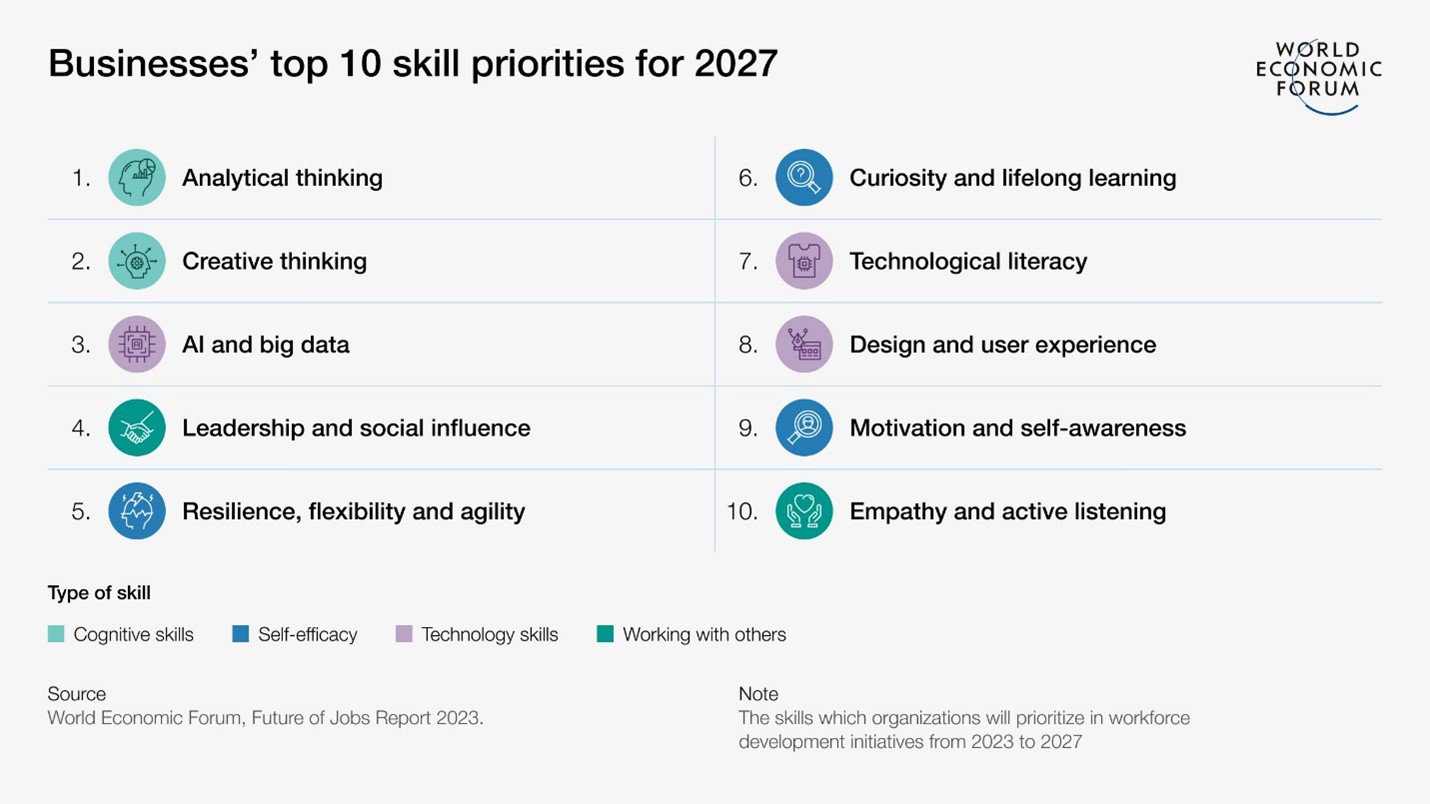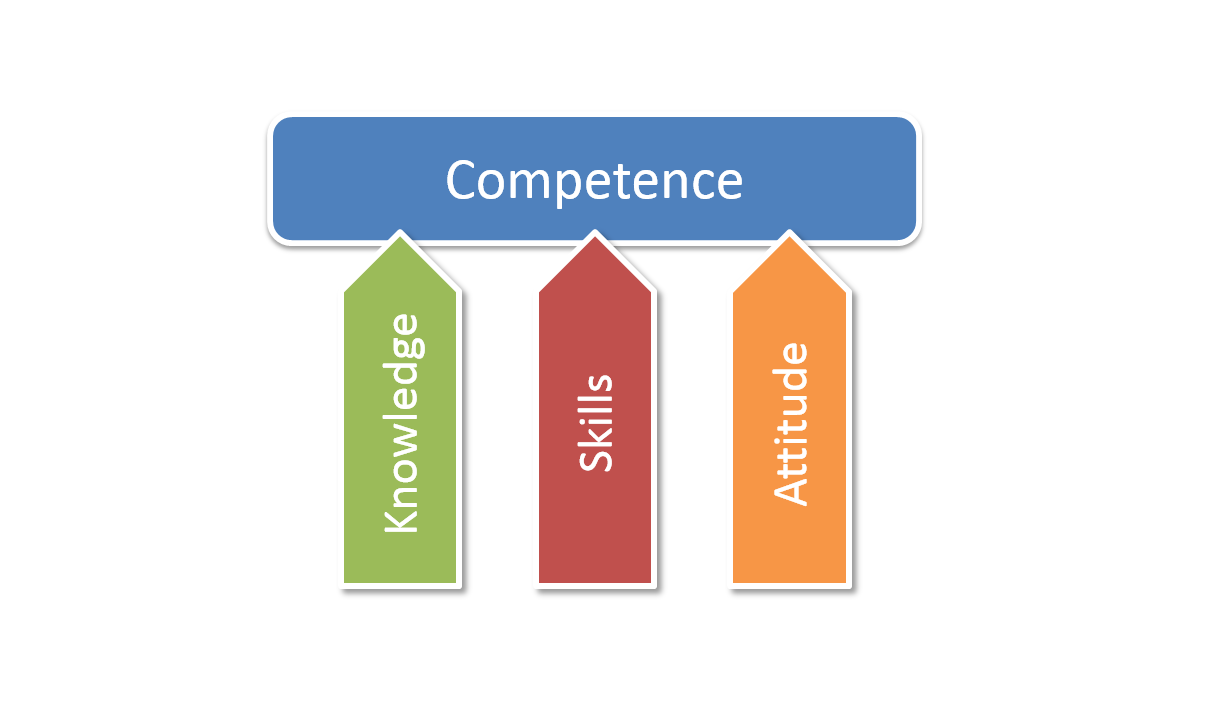How can coaching specifically support the IT industry?
Amid the rise of technological disruptions originating from rapid advancements, coaching serves as a counterbalance, enabling IT professionals to also put into use and develop the crucial human-related skills mentioned earlier (in the first part).
Coaching invites deliberate, introspective, and methodical decision-making processes through its fundamental practice of reflective inquiry [6]. This one encompasses reflective formulations, open-ended questions, and active listening. Reflective formulations act as a "mirror", engendering reflection through techniques such as recapitulation, labeling, analogies, key point identification, and emotional change recognition. (While the intricacies of coaching techniques extend beyond the scope of this article, comprehensive sources are available for in-depth exploration.)
Without a doubt, regardless of their level of experience, every IT engineer's perspective can be enriched through peer collaboration. Coaching sessions facilitate this by enhancing a human and personal touch, fundamentally rooted in the coach's empathy – the capacity and willingness to comprehend, recognize, and resonate with the emotions, thoughts, sensations, values, and personality traits of their interlocutor. In active listening, the coach not only absorbs the coachee's words, which encompass facts and observable elements, but also attunes to their emotional energy, nonverbal cues, and paraverbal expressions, alongside their needs and values. This grants coaches the ability to infuse intuition, experience, social awareness, and emotional intelligence into their one-on-one or team coaching sessions. By harnessing these techniques, we engage in meaningful discussions and our collective potential, offering insights that are challenging for AI to replicate.
Apart from technical expertise, the performance of today's IT professionals also relies on their ability to grasp and leverage their team’s business context, the broader organizational landscape, and the client's domain and business environment. Given the fluidity of these dynamics in the IT industry, coaching serves as a potent tool for maintaining focus and stability on what’s important.
Primarily, it accomplishes these aspirations by initially helping the coachee define precise goals — arising from challenges such as innovative visions or technical issues — and breaking them down into manageable components. Subsequently, the coach can aid in uncovering untapped potential that lies beyond unconscious biases, refining contextual understanding encompassing pertinent resources, limitations, assumptions, risks, or opportunities. By fostering a creative process, the coaching journey channels insights further, towards potential options. Ultimately, since coaching is about action, the coachee is guided in constructing a purposeful plan, and its progress is diligently monitored thereafter. This approach also proves valuable during IT solution brainstorming and innovation sessions.
In the current IT sphere, individuals who solely depend on their knowledge and skills are unlikely to sustain their success in isolation. Moreover, given the constant emergence of novel IT frameworks, IT systems, processes, and evolving organizational demands, the ability to adapt becomes paramount. To fulfill these needs, the application of coaching doesn't solely revolve around enhancing competencies through accumulating knowledge and skills; it fundamentally revolves around cultivating attitudes that inherently yield value.




